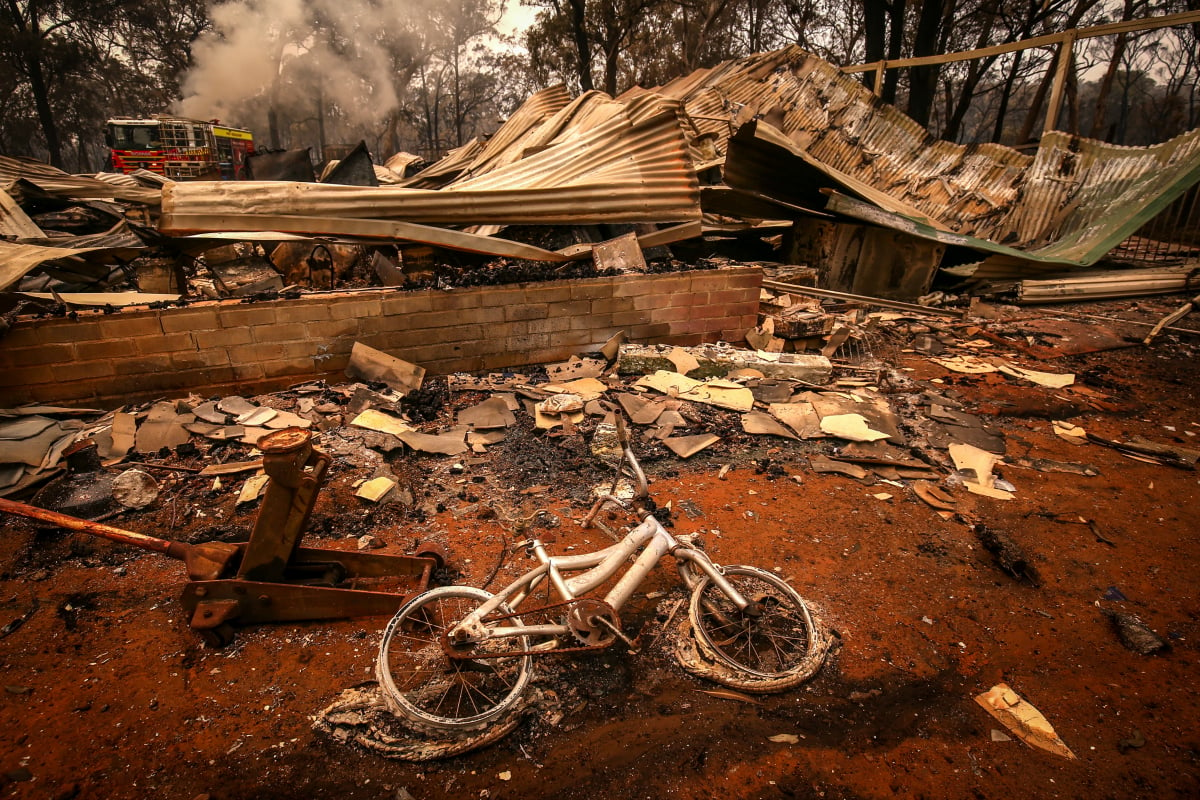
On Thursday, NSW Emergency Services Minister David Elliott joined the chorus of criticism over the amount of time major charities are taking to distribute bushfire relief funds.
“My message to the charities is ‘pull your finger out’,” he said.
“This is not a time for us to delay, particularly while people are hurting so much.”
Watch: Emily Smith is among those who lost everything in NSW bushfires.
His statement followed that of Transport Minister Andrew Constance, who slammed the organisations during a Thursday morning press conference: “The money is needed now, not sitting in a Red Cross bank account earning interest so they can map out their next three years and do their marketing.
“We need a very real change, very quickly so that the money can get to those who need it most … people are on their knees and we can’t have a drip-feed.”
The comments came after The Red Cross issued a statement on Wednesday that declared it had set aside $30 million to provide immediate financial relief to people in fire-affected communities — less than one-third of the $115 million that’s been donated to its Disaster Relief and Recovery Fund since July 2019.

Top Comments
I am a regular donator to the Red Cross. I’ve always understood that it takes time to allocate money and given there are so many shysters out there who will rip anyone off It does take longer. A good article to bring perspective to the situation. Sad if it changes likelihood of future donators during these hard times.
Great article, some excellent points.